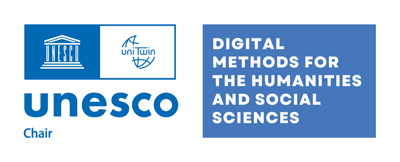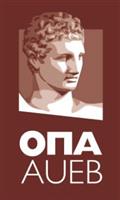ARTEMIS project
ARTEMIS (Applying Reactive Twins to Enhance Monument Information Systems) is a European Commission-funded research project, launched in February 2025, which brings together 22 beneficiaries and 2 affiliated partners from 12 countries across Europe. ARTEMIS aims at creating a digital infrastructure to support the conservation and restoration of cultural heritage and which will exploit the potential of 3D visualization technologies. At its core is the Reactive Heritage Digital Twin (RHDT)—an intelligent digital replica that anticipates risks and optimises preservation strategies.
The ARTEMIS project sets out to achieve a transformative impact on the conservation, restoration, safeguarding, and valorization of cultural heritage through the innovative use of digital twin technology. The project’s objectives are multifaceted and ambitious, aiming to address several critical areas within the cultural heritage domain. The key objectives of ARTEMIS are:
- Developing a Comprehensive Digital Twin Approach
- Enhancing Research and Conservation Practices
- Improving Decision-Making Processes
- Supporting Heritage Institutions
- Fostering Collaboration and Knowledge Sharing
- Ensuring Long-Term Sustainability
The UNESCO Chair on Digital Methods for the Humanities and Social Sciences participates in the project through various tasks.
Visit artemis-twin.eu for more information.


